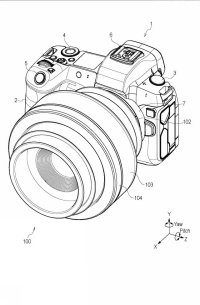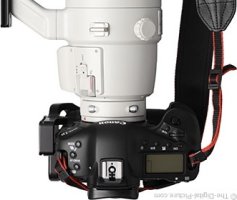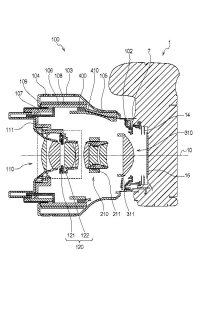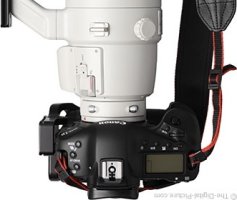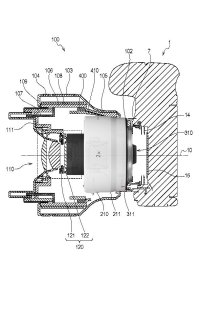Is it though? I can’t speak to the scale of the camera in the patent drawing but assume is is reasonably close. The EF 200-400 has plenty of room between the lens and grip yet, in the patent drawings, this new converter appears to be overlapping it. Plus the 200-400 has a drop in filter as well.
View attachment 211072
View attachment 211073
I can’t read the patent so I don’t know how much more info there is in there. In the images, there appears to be at least 3 positions; the 2 extra groups completely out of the way, the 2 groups in position close to the stationary group and the 2 groups in position and farther back from the stationary group. Is this meant to represent the process of going from 1x to 1.4x or have the come up with a way to have a 1x and then engage a “zoom” from 1.4-2x? The 2x has always had additional lenses/groups compared to the 1.4x so just using distance between the groups would be a new approach for a teleconverter. Very cool if so, theoretical 300 f2.8 would flip to a 420-600 f4-5.6.

